There are many reasons why you may want to connect an external headphone amplifier to your audio interface. Perhaps you need more headphone outputs for a large recording session, or maybe your interface’s headphone amp isn’t providing enough clean gain for your headphones. In this tutorial, you’ll learn how to connect a headphone amp to your audio interface.
Audio interfaces typically have three kinds of sound output connections — line level (TRS or XLR), headphone, and digital (S/PDIF, ADAT, Ethernet, etc.). While all of these connections can be used to attach a headphone amp to an audio interface, they also offer varying levels of sound quality.
Headphone Output to Headphone Amp
The cheapest way to expand the number of headphone outputs in your system is to get something like Behringer MicroAMP HA400. To use this kind of device, use a TRS cable to connect your audio interface’s headphone output to the headphone amp’s input.
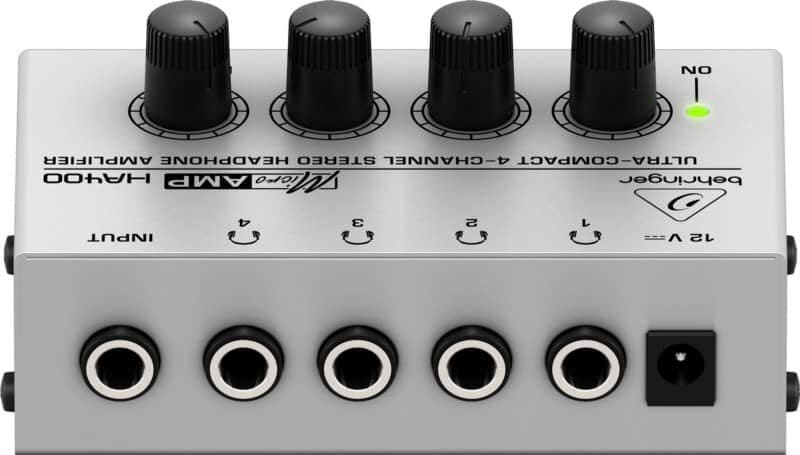
Behringer MicroAMP HA400 Headphone Amplifier
While this method is usually the cheapest solution, keep in mind it involves amplifying a signal that’s already been amplified by your audio interface’s internal headphone amp. This kind of setup is okay for casual tracking purposes, but I wouldn’t recommend it for professional monitoring.

ART HeadAmp6Pro Headphone Amplifier
Other headphone amps that take a headphone level input include the ART HeadAmp4 and ART HeadAmp6Pro.
Line Level Outputs to Headphone Amp
Feeding an un-amplified line level signal to a headphone amp will general result in better sound quality. These kinds of headphone amps take line level signal from your audio interface via TRS, XLR, or RCA cables, amplifies it, and distributes it to a single or multiple headphone outputs. This means you’ll still be able to use the built-in headphone output on your audio interface.
There are many headphone amps that take line level inputs, so choosing the right one really depends on your use case — professional quality monitoring or headphone distribution.
Professional Quality Monitoring
If you’re looking for higher quality amplification than your audio interface’s built-in headphone amp can provide, check out the Grace Design m920 or SPL Phonitor 2. These professional level amps sound incredible and provide a lot of clean gain for even the most power-hungry headphones.
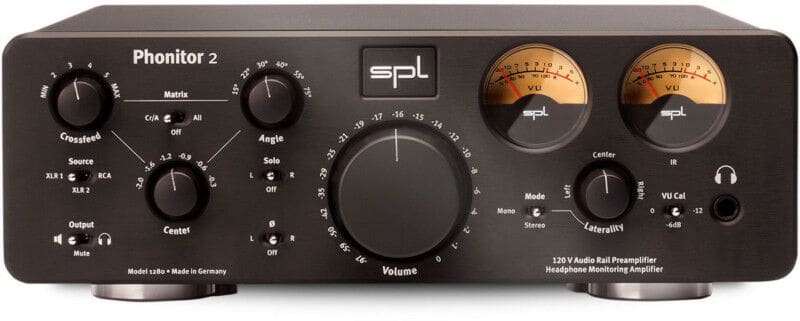
SPL Phonitor 2 Headphone Amplifier
A more budget-friendly but still great sounding solution is the Grace Design m900, which takes RCA inputs. In order to use the m900 with your audio interface, you’ll need 1/4" TS to RCA interconnect cables.
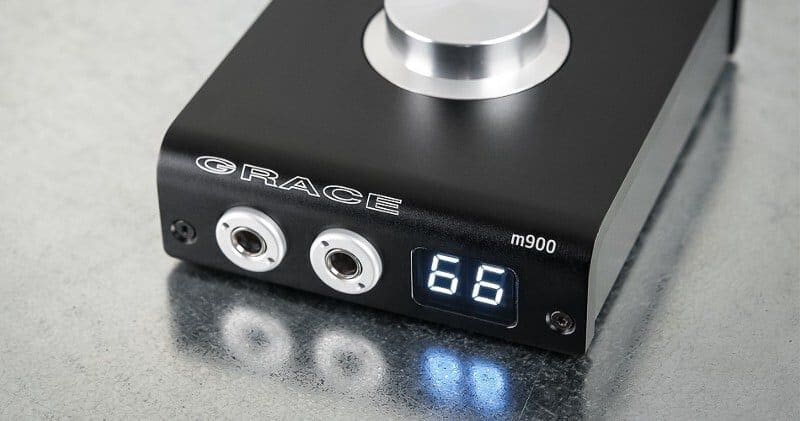
Grace Design m900 DAC & Headphone Amplifier
Headphone Distribution
If you want a higher quality way to add more headphone outputs to your setup, you’ll want to look into distribution amps that take line level inputs. As opposed to the MicroAMP HA400 and HeadAmp6Pro which amplify a headphone level signal, these headphone amps amplify a line level signal, which results in better sound quality.
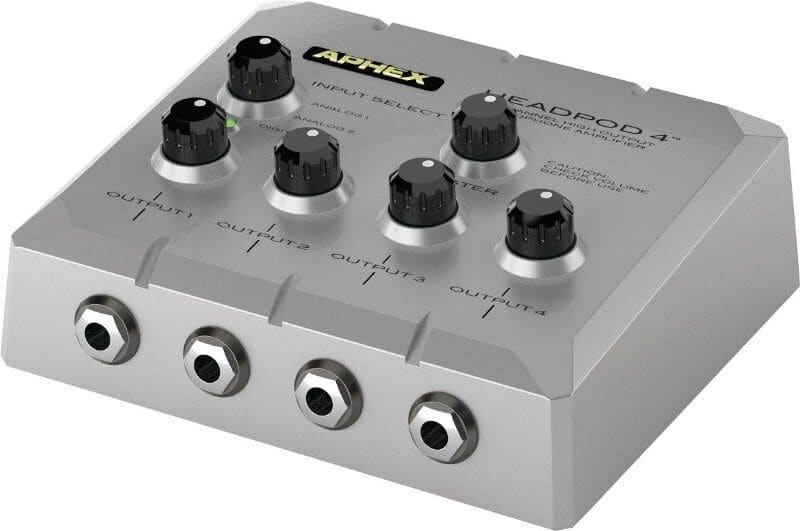
Aphex Headpod 4 Headphone Amplifier
I’d recommend taking a look at the Aphex Headpod 4, Presonus HP60, or Behringer HA8000 V2 depending on how many headphone outputs you need.

Presonus HP60 Headphone Amplifier
If you’re just looking for a simple and cost effective way to convert two line level outputs to a single headphone input for customized mixes, check out the Behringer Powerplay P1 Personal IEM Amplifier.
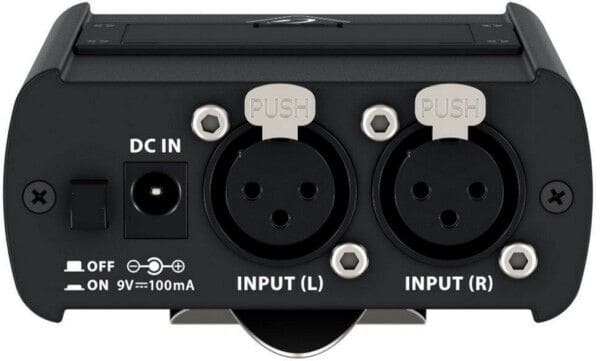
Behringer Powerplay P1
Digital Output to Headphone Amp
If you’re unhappy with your audio interface’s DAC chip, using a headphone amp with a digital input will enable you to bypass the interface’s conversion. Since many mid-tier audio interfaces feature digital connectivity (S/PDIF and ADAT), this is a great way to upgrade your monitoring quality without shelling out crazy money for a top of the line audio interface.
Professional Quality Monitoring
Both the Grace Design m900 and Grace Design m920 feature S/PDIF inputs. As long as your audio interface has a S/PDIF output, you’ll be able to connect it to these headphone amps using a S/PDIF coaxial cable.

Grace Design m900
The Grace Design m920 also features an ADAT input, so you can use a Toslink optical cable for connectivity if your audio interface has an ADAT output.

Grace Design m920
Digital connectivity can be confusing, so make sure to consult your interface’s manual if you’re unsure about what connection you can use. Alternatively, leave a comment below, and I’ll help you out. If you’re looking for audio interface recommendations with ADAT digital connectivity, check out the Focusrite Clarett 2Pre, MOTU UltraLite-mk4, and RME Babyface Pro.

Focusrite Clarett 2Pre
Headphone Distribution
Digital headphone distribution is often used in professional and specialized applications. Most of these systems enable you to create complex monitoring systems over a single Ethernet cable. If you’re interested in digital headphone distribution, check out Focusrite's RedNet system Aviom’s A360 system, and Behringer’s Powerplay system.